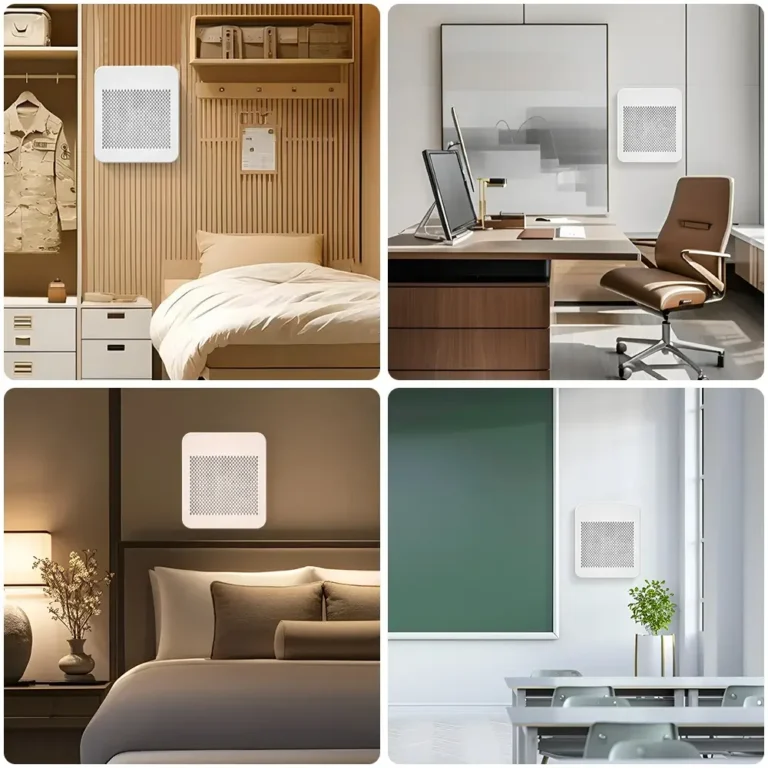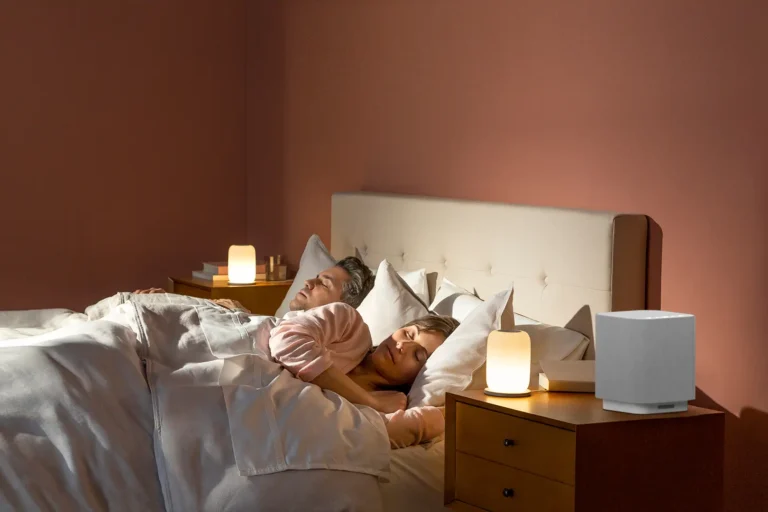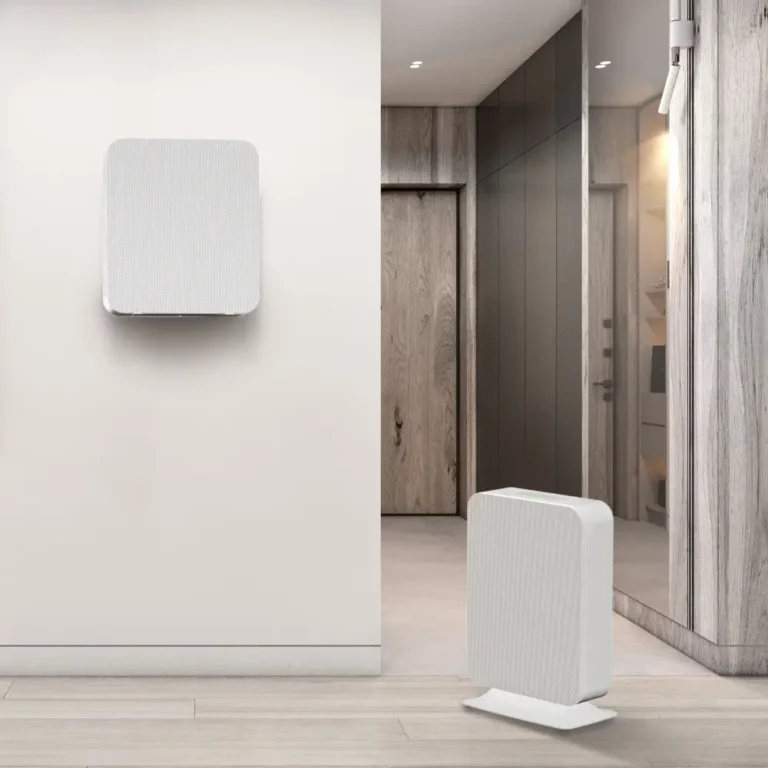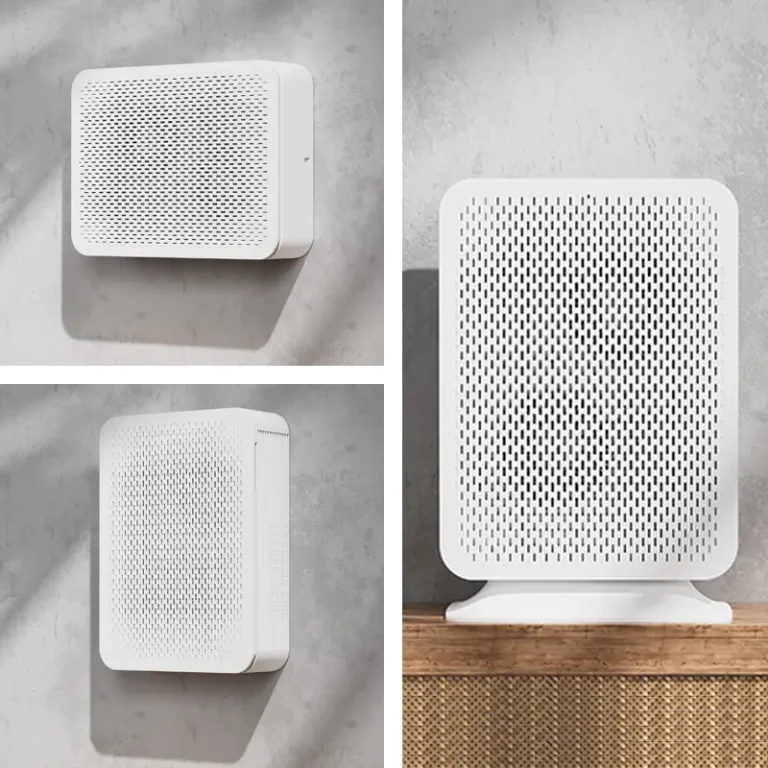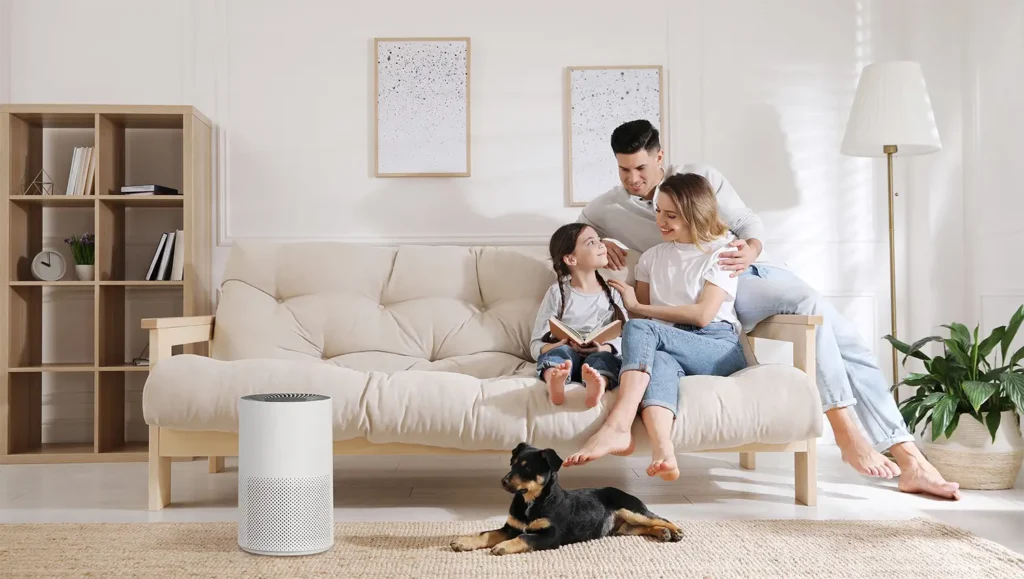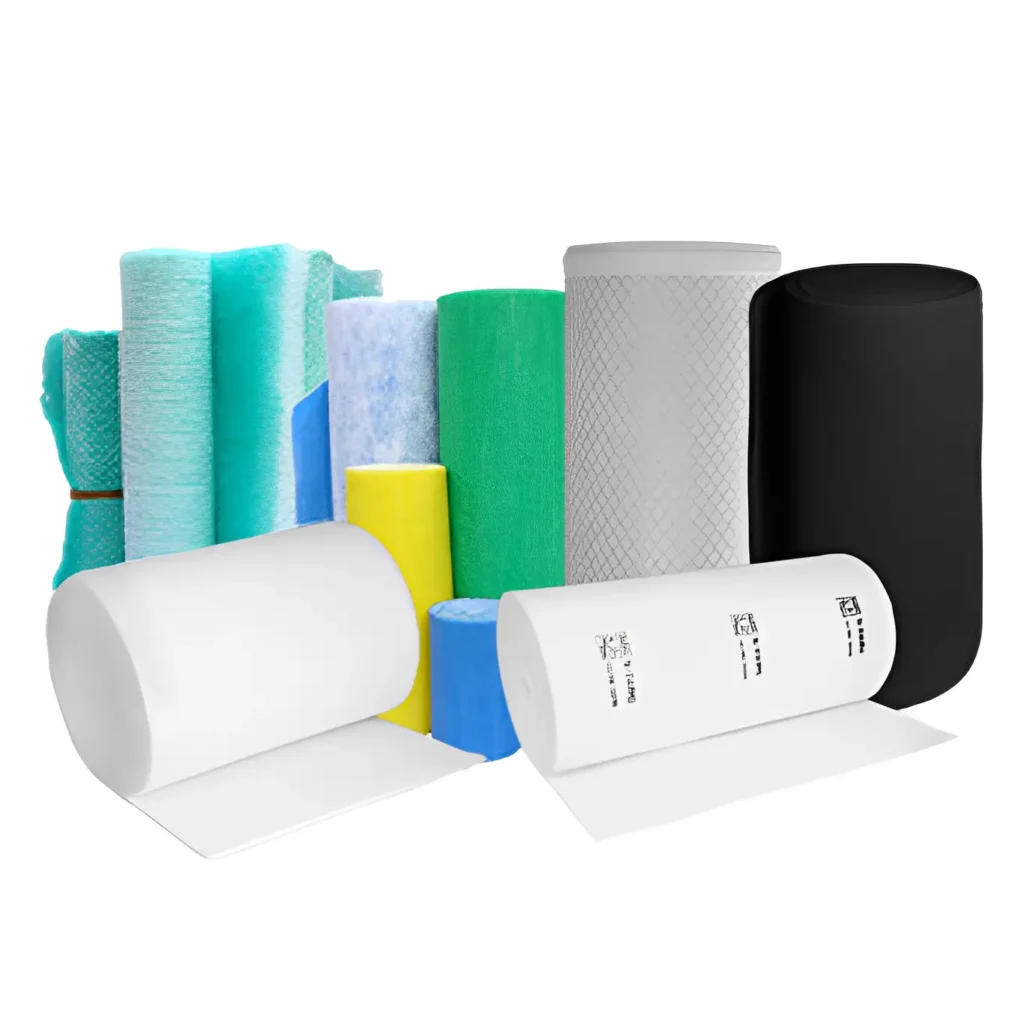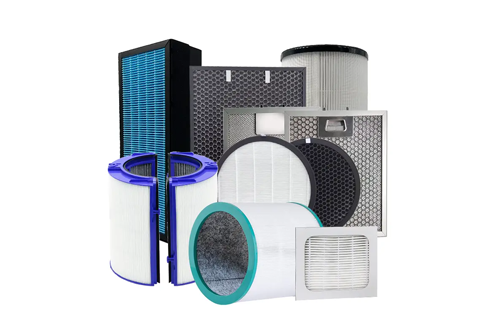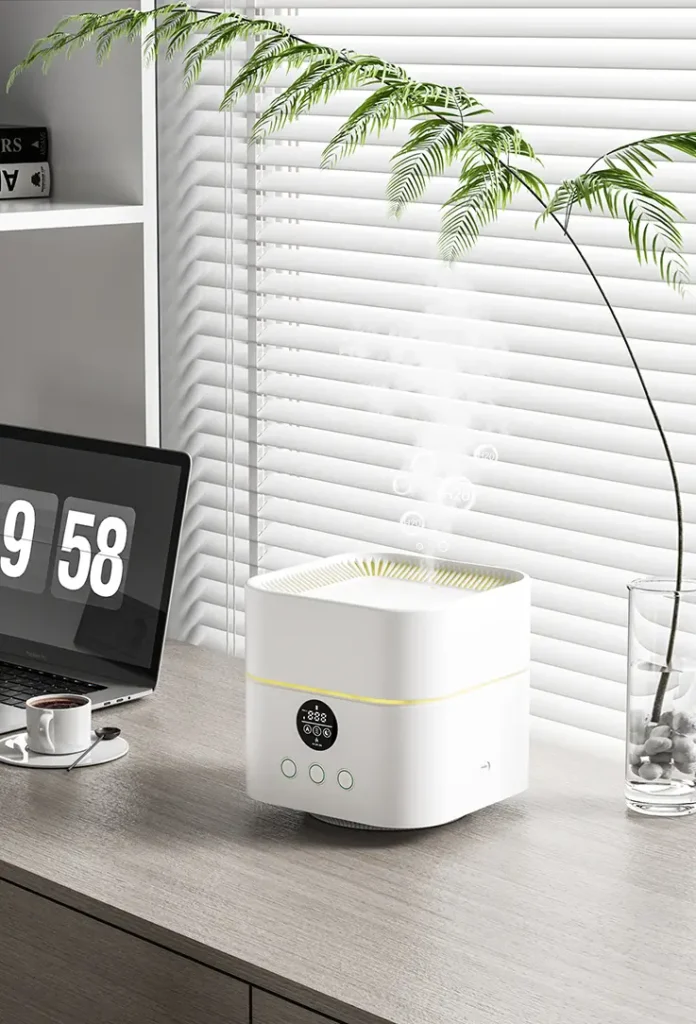When people shop for air purifiers, they often look at specifications like CADR (Clean Air Delivery Rate), coverage area, or noise levels. But there’s one element that quietly determines how effective — and how cost-efficient — your air purifier will be: the filter lifespan.
Filters are the heart of every air purifier. They trap dust, allergens, smoke, and bacteria, ensuring that the air you breathe is safe. Yet they’re also consumables. The longer your filters last, the lower your maintenance costs, the less downtime you face, and the more consistently you enjoy fresh, clean air.
That’s why HisoAir has invested heavily in designing smart filtration systems. For example, the HA200 and HA400 wall-mounted purifiers feature high-dust-capacity HEPA filters that last up to 12 months before needing replacement — twice as long as many conventional purifiers. Meanwhile, the HA180 and HA380 models offer replaceable fabric front panels and multi-layer filtration, balancing high efficiency with easier upkeep at home.
So whether you’re a hotel manager overseeing dozens of units, an office administrator trying to reduce maintenance costs, or a parent looking for hassle-free clean air at home, filter lifespan matters. In this article, we’ll explore why it’s so important, what factors affect it, and most importantly — how you can extend the life of your air purifier filters.
Why Filter Lifespan Matters More Than You Think
1. Lower Ownership Costs
For businesses, filter replacement isn’t just a purchase — it’s an ongoing operational cost. A hotel with 50 purifiers can face thousands of dollars annually if filters need to be changed too frequently. For families, cutting replacement cycles in half means keeping more money in your pocket. Longer-lasting filters translate directly into cost efficiency.
2. Consistent Performance
A clogged filter doesn’t just stop cleaning the air — it actively reduces airflow, forcing the machine to work harder. This leads to lower purification performance, uneven air quality, and sometimes even strain on the motor. Extending filter life through proper care ensures steady, reliable performance.
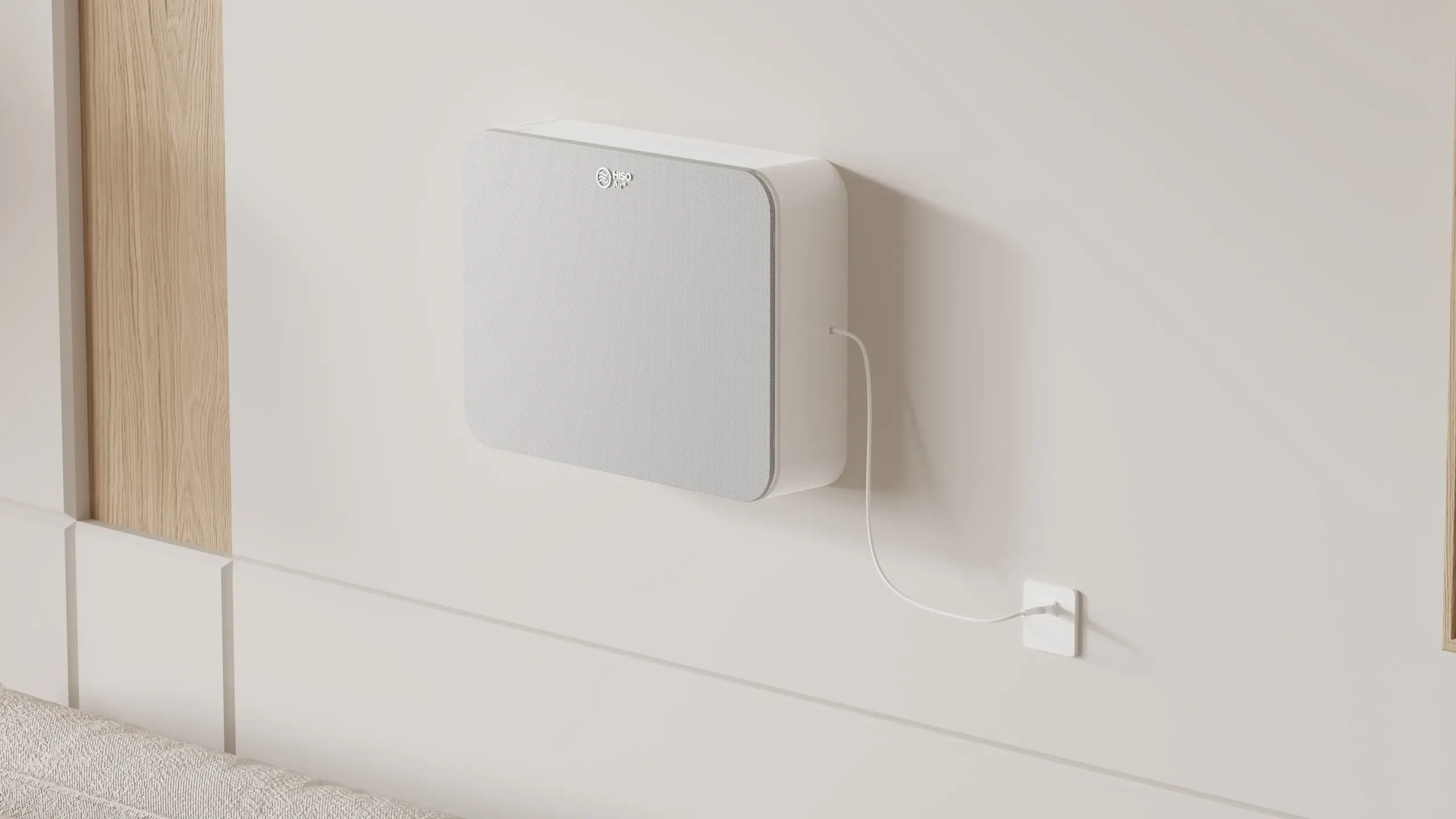
3. Hygiene and Safety
Filters capture not only dust but also bacteria, allergens, and sometimes even viruses. Letting a filter sit past its lifespan risks secondary pollution, where trapped particles are released back into the air. Keeping filters effective means keeping your environment truly healthy.
4. Environmental Responsibility
Each filter replaced contributes to waste. By extending lifespan, businesses and households reduce environmental impact, supporting sustainable air quality solutions.
What Shortens a Filter’s Life? Key Factors to Know
Understanding what affects filter lifespan helps you take smarter steps to protect it.
1. Air Quality in the Environment
- High-dust environments like construction zones, workshops, or busy streets accelerate clogging.
- Smoke-prone areas (restaurants, kitchens, smoking rooms) overwhelm carbon filters more quickly.
- Pet households see faster build-up of hair and dander.
2. Usage Intensity
- Running your purifier on maximum speed 24/7 may feel “safer,” but it wears out filters prematurely.
- Conversely, auto mode, guided by smart sensors, ensures efficient use without unnecessary strain.
3. Filter Structure and Technology
- High-dust-capacity HEPA (HA200/HA400) lasts longer due to its deep pleated structure and antimicrobial treatment.
- Standard HEPA + Activated Carbon (HA180/HA380) offers strong filtration but typically shorter cycles (6 months).
4. Pre-Filters and Protection Layers
- Washable PET pre-filters act as the first line of defense, catching large dust, hair, and lint. Without them, HEPA layers clog far faster.
- Fabric covers, as in HA180 and HA380, also extend filter performance while doubling as stylish design elements.
How to Extend the Lifespan of Your Filters: Practical Tips
Here’s the part everyone asks: How do I make my filter last longer without compromising clean air?
1. Clean the Pre-Filter Regularly
The PET pre-filter is washable and reusable. By vacuuming or rinsing it every few weeks, you prevent large particles from reaching the HEPA. This one simple habit can add months of life to your main filter.
2. Use Auto Mode and Trust the Sensors
Instead of blasting your purifier on high at all times, rely on the built-in PM2.5 sensors. Auto mode adjusts fan speed intelligently based on real-time air quality. This not only saves energy but also prevents unnecessary filter wear.
3. Keep Your Space Clean
- Vacuum carpets, rugs, and sofas regularly.
- Control pet dander with grooming.
- Avoid smoking indoors.
By tackling pollutants at the source, your purifier doesn’t have to fight as hard — extending filter life.
4. Leverage Fabric Covers (HA180/HA380)
In households, the fabric front panels add a protective, replaceable layer. They catch dust early, are easy to wash or swap, and protect the more expensive HEPA filter inside.
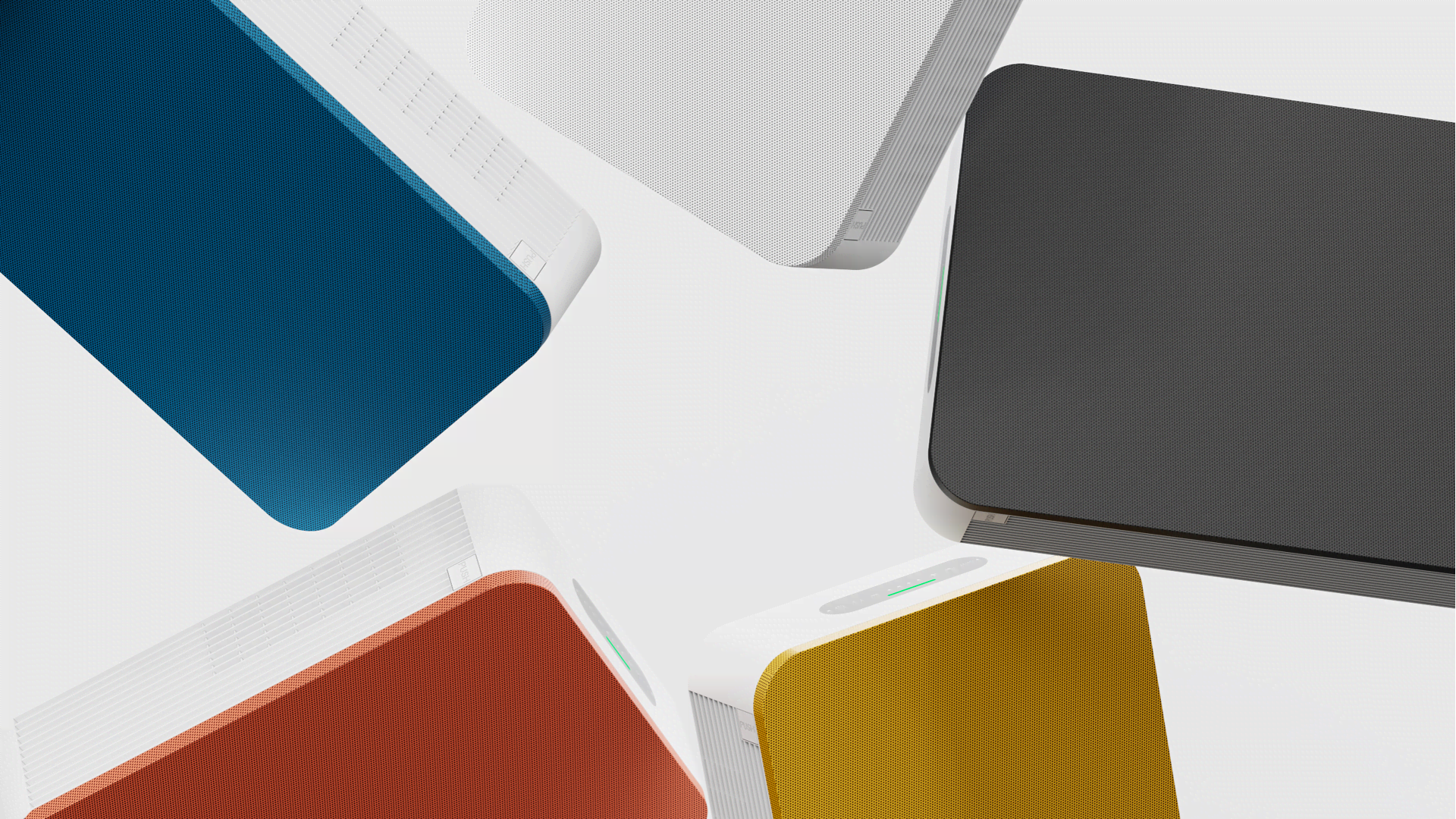
5. Respond to Replacement Alerts Promptly
Modern purifiers like HA180/HA380 include filter replacement reminders. Don’t ignore them. Replacing on time prevents filters from becoming a source of pollution.
6. Position the Purifier Strategically
Avoid placing your purifier directly next to kitchens, entryways, or areas with heavy dust flow. A well-placed unit works more efficiently and keeps filters cleaner for longer.
B2B vs. D2C: How Filter Lifespan Plays Out
For Businesses (B2B)
Hotels, offices, clinics, and schools face a unique challenge: scale.
- A hotel managing 100 units with 12-month filters saves 50% more on labor and parts compared to 6-month cycles.
- Offices benefit from less downtime and fewer interruptions.
- Clinics and healthcare spaces gain consistency in hygiene compliance.
That’s why units like HA200 and HA400, with their high-dust-capacity HEPA filters, are a strong choice for commercial buyers. They minimize replacement frequency, cut costs, and ensure peace of mind for staff and guests.
For Households (D2C)
Families want convenience and simplicity. Nobody wants to worry about complicated filter swaps.
- The HA180 and HA380 strike a perfect balance: stylish fabric covers that can be cleaned or replaced, plus filters that last 6 months (HEPA) and 3 months (carbon).
- Parents appreciate the child-lock features and quiet operation, while style-conscious buyers enjoy the customizable fabric panel options.
Here, longevity isn’t just about cost — it’s about ease of care and fitting seamlessly into daily life.
Smart Habits That Multiply Filter Lifespan
To make this actionable, here’s a quick checklist you can share with your staff (for businesses) or keep on your fridge (for homes):
✅ Clean the pre-filter every 2–4 weeks
✅ Run in Auto mode instead of max speed
✅ Keep pets groomed and floors vacuumed
✅ Place purifiers away from kitchens or open windows
✅ Respond to replacement reminders without delay
By adopting these simple habits, you can often stretch a filter’s effective life by 20–30%.
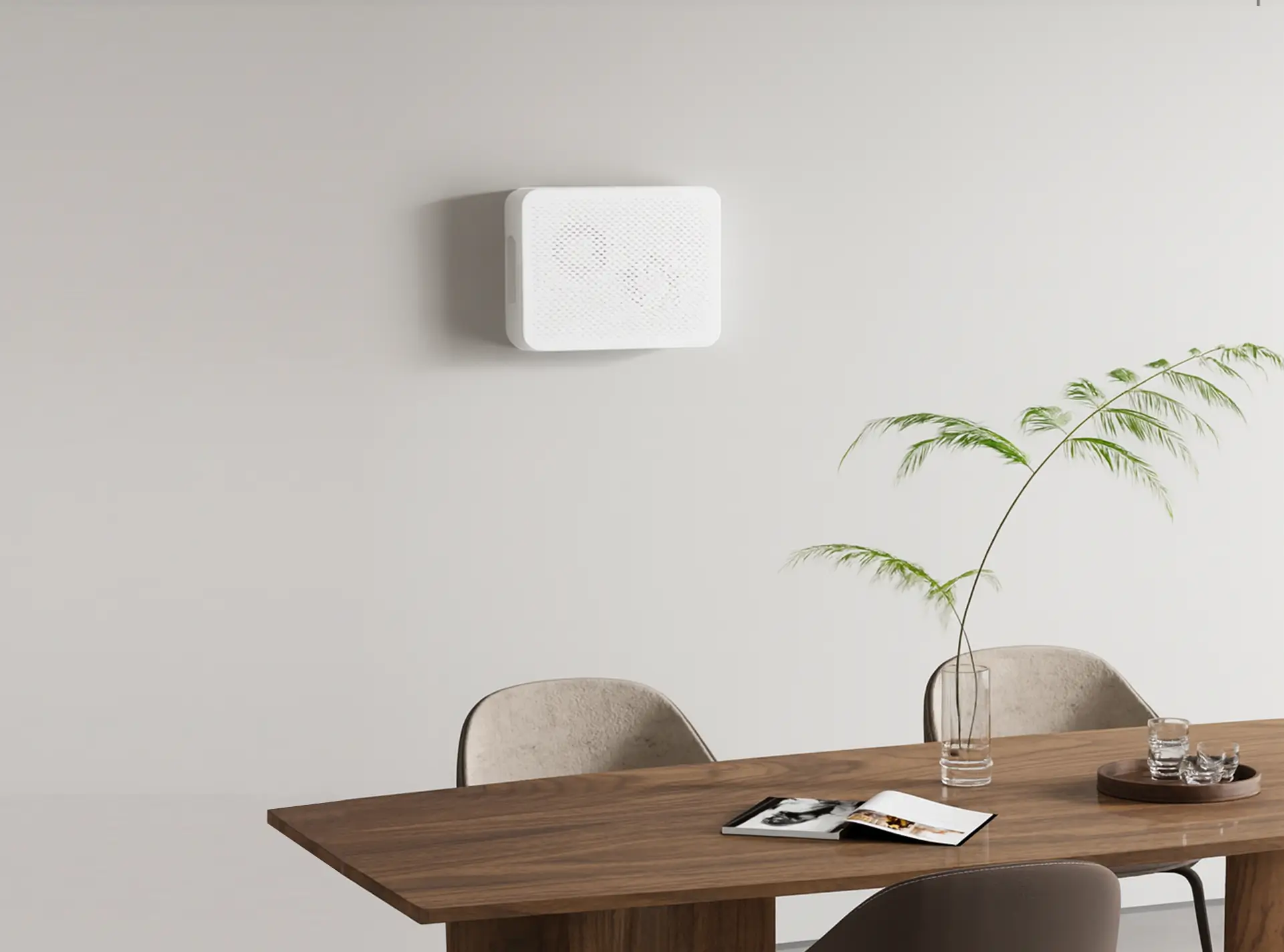
Looking Ahead: Filters Designed for the Future
Air purification isn’t just about today — it’s about building sustainable, efficient solutions for the future. That’s why HisoAir integrates:
- High-dust-capacity HEPA media that doubles holding capacity.
- Antimicrobial treatments to keep filters fresher, longer.
- Fabric panel options for homes that care about both design and practicality.
- Smart sensors and auto-adjustment to optimize filter use.
The result? Filters that don’t just last longer, but also work smarter.
Conclusion: Maximize Your Investment in Clean Air
Filters may be hidden inside your air purifier, but they are the true workhorses that determine air quality, cost efficiency, and user satisfaction. By understanding the factors that affect lifespan and adopting smart maintenance habits, both businesses and households can enjoy longer-lasting filters, lower costs, and healthier spaces.
Whether you manage hundreds of purifiers in a commercial facility or just one at home, the principle is the same: treat your filters well, and they’ll serve you longer.
And with innovative models like the HA200/HA400 (high-dust-capacity HEPA) and HA180/HA380 (replaceable fabric covers), you’ll have filtration systems already engineered for extended life.
So breathe easy — smarter filters mean fresher air and a cleaner future.

